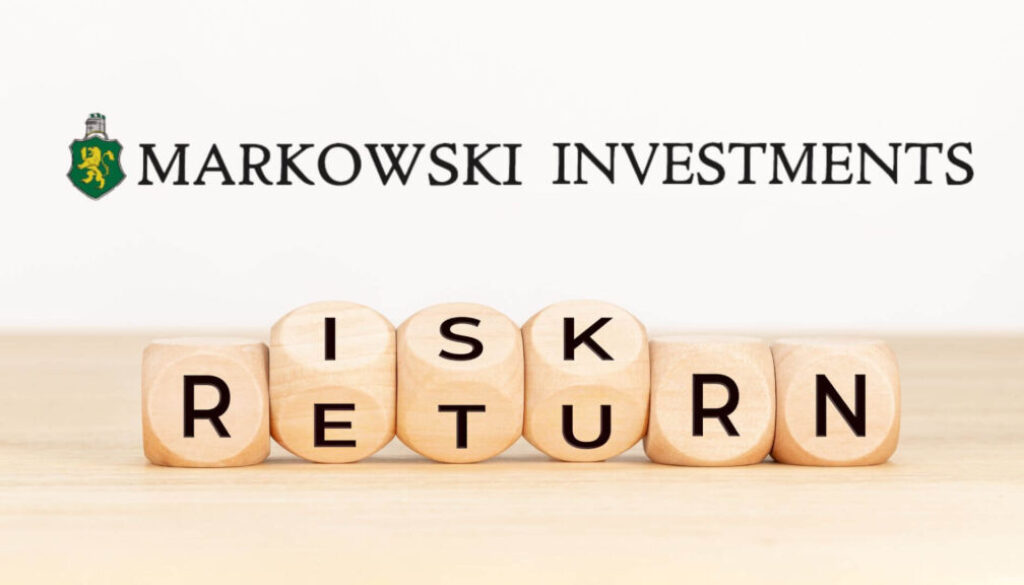Medium-Risk Short-Term Investment Options: Grow Your Savings Faster
Introduction
In our previous blogs, we explored Risk-Free Short-Term Investment Options and Low-Risk Options for Short-Term Savings: Balancing Safety and Returns. These strategies sounded a lot like security and stability, which were music to the conservative investors’ ears. Nevertheless, if you can afford to take higher risks and want to get even higher yields, you probably should consider investing in the short-term, medium-risk financial products.
Despite having a larger risk than that which is present in traditional accounts or even T-Bills, such investments can have higher growth rates when taken in a right manner. Let’s dive into how medium-risk options strike a balance between safety and returns, making them a viable choice for those ready to take calculated risks.
When to Choose Medium-Risk Options
Medium-risk options are ideal for individuals who:
- Have a moderate risk tolerance: Instead, you are more than willing to view smaller changes or even absolute losses in return for the opportunity to achieve higher returns.
- Have a defined short-term goal: You’re saving for something in 1-5 years; you are saving for a wedding, a vacation, or a down payment for a house, for example, and are fine with some fluctuations as this would help your money grow much faster.
- Already have an emergency fund: Medium-risk investment risks are not for the money that may be required in the near future. Have your safety requirements met before you consider such investments.
Why Consider Medium-Risk Investments?
- Higher Return Potential: In comparison to saving instruments such as savings accounts or T-bills, medium-risk investments provide a better chance to grow your capital faster.
- Diversification: The inclusion of medium-risk options in your short-term savings plan brings in an element of balance between high-risk, high-return, and safe investments.
- Adaptability: These can be used to fulfill any type of investment need and plan, making it easy for you to meet your financial mileage.
What Are the Medium-Risk Options?
For those seeking a balance between risk and return, medium-risk investments offer an opportunity to grow your short-term savings while accepting a moderate level of risk. Here are some common options:
- Corporate Bonds: Corporate bonds are issued by companies to raise capital and typically offer higher interest rates than government bonds. The risk level depends on the company’s credit rating, which can be assessed through agencies like like Moody’s, S&P, and Fitch.
- Why Choose Them: Investment-grade bonds provide relatively stable returns with lower risk, while high-yield (or junk) bonds offer higher returns at greater risk.
- Key Tip: Stick to bonds with strong credit ratings for a good balance of safety and yield.
- Bond Funds or ETFs: Bond funds, or exchange-traded funds (ETFs), pool investments into a diversified collection of bonds, reducing the risk associated with individual bonds.
- Why Choose Them: These funds offer consistent income and diversification, which minimizes exposure to risks from individual bond defaults.
- Key Tip: Monitor interest rate trends, as bond funds may experience value declines during periods of rising interest rates.
- Dividend-Paying Stocks: Dividend-paying stocks provide regular income through dividends and may also offer some capital appreciation. These stocks are generally less volatile than growth stocks.
- Why Choose Them: They can be a good source of steady income, especially from companies in sectors like utilities or consumer staples, known for reliable dividend payouts.
- Key Tip: Choose companies with a strong history of maintaining or increasing dividends over time.
- Real Estate Investment Trusts (REITs): You can invest in real estate without actually owning any property by purchasing shares in a real estate investment trust (REIT). They distribute earnings as dividends and may offer potential for capital appreciation.
- Why Choose Them: REITs provide access to real estate markets with less upfront capital and greater liquidity than direct property ownership.
- Key Tip: Focus on stable sectors like residential or commercial real estate for consistent returns.
- Peer-to-Peer Lending: P2P lending platforms connect investors with borrowers, offering higher potential returns compared to traditional savings accounts.
- Why Choose Them: Returns are often higher than standard deposit accounts or bonds, but this comes with a higher risk of borrower default.
- Key Tip: Diversify your investments across multiple borrowers and assess borrower creditworthiness carefully to minimize risks.
- Short-Term Balanced Funds: Short-term balanced funds, also known as hybrid funds, invest in a mix of equities (stocks) and fixed-income securities (bonds).
- Why Choose Them: These funds aim to balance growth potential with stability, making them suitable for moderate returns with limited volatility.
- Key Tip: Review the fund’s allocation strategy to ensure it aligns with your risk tolerance and investment goals.
Conclusion
Medium-risk investments for short-term savings provide an excellent balance of growth and security for those willing to take on a moderate level of risk. By carefully selecting options that align with your financial goals and risk tolerance, you can achieve better returns than traditional low-risk investments while managing potential downsides.




